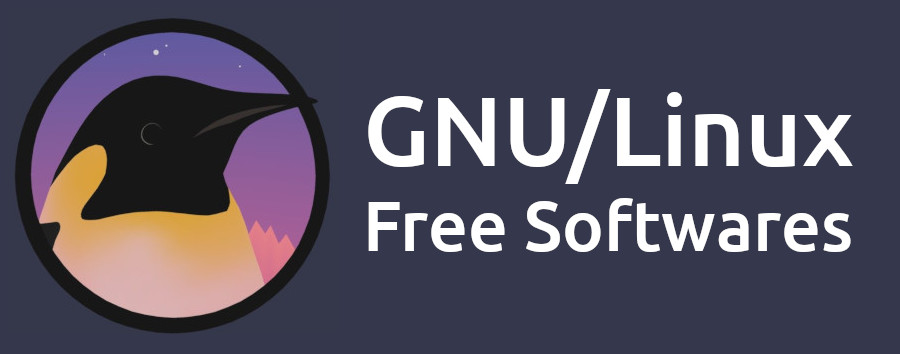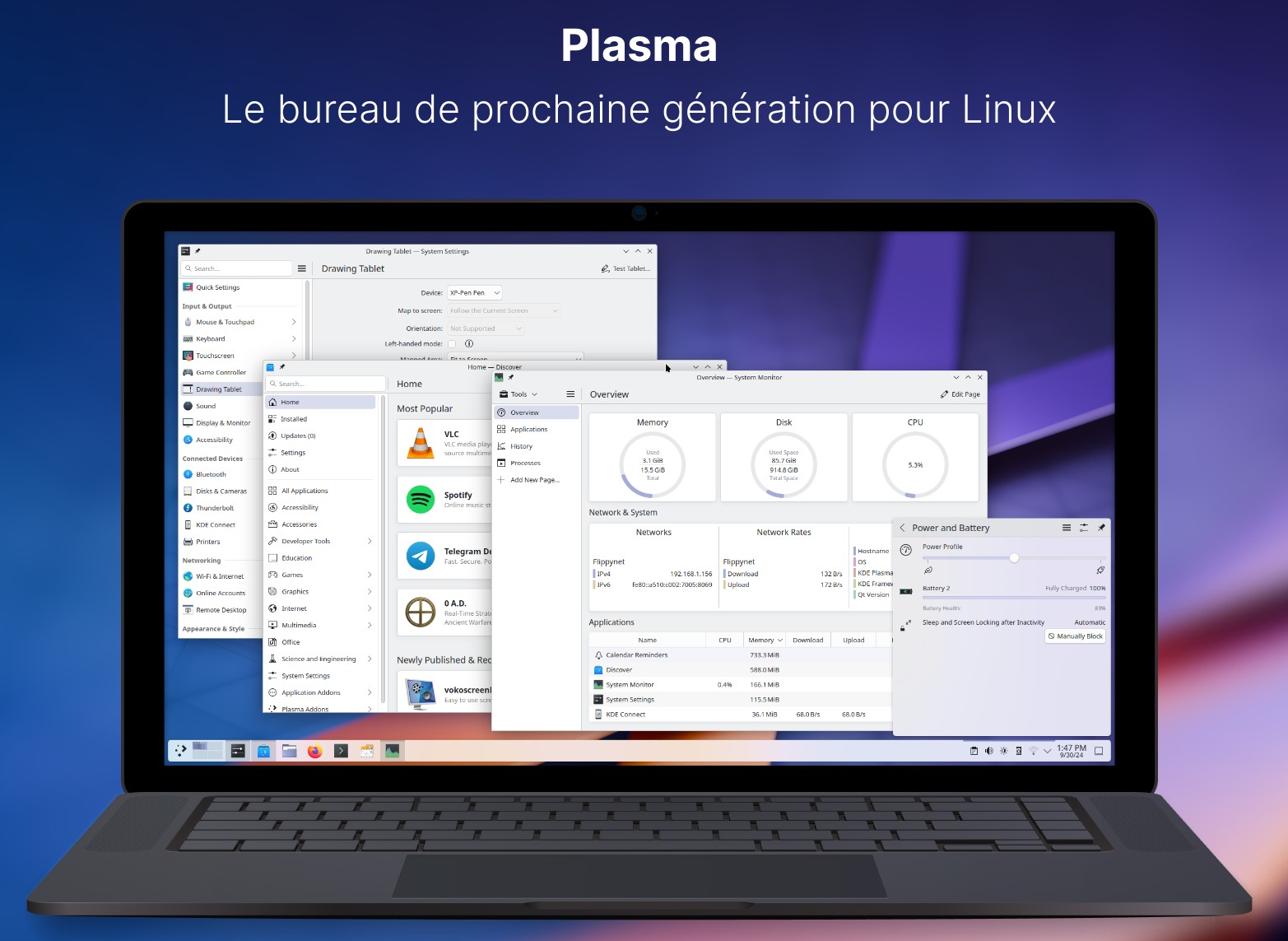Free and Open-Source Software
Moving away from the turnkey solutions provided by tech giants, whose service offerings cover most digital activities, is, in my view, a necessary challenge, one whose stakes remain largely unrecognized by the general public.
Linux

Tux is a penguin, the official mascot of the Linux kernel. Designed by Larry Ewing in 1996, it is freely used and found in many Linux-related projects and logos.
Definition
The free software movement was initiated by Richard Stallman in the 1980s.
His approach aims to provide software free from industrial secrecy, where the free circulation of source code is guaranteed. It seeks to promote solidarity and cooperation among those who use computers. (Wikipedia.org)
UNESCO describes the role of free software in building knowledge societies in these terms:
Developing and using open, interoperable, and non-discriminatory standards for information management and access are important elements in creating effective infostructures.
Community approaches to software development hold great potential for realizing the concept of knowledge societies.
The Free and Open Source Software (FOSS) model provides interesting tools and processes through which users can create, share, and effectively utilize software and knowledge. Unesco.org
It is important to clarify, to avoid an ambiguity cultivated by the English term, that "Free Software" is meant as freedom and not free of cost. Refer to this article on Gnu.org which explains the duality of "open source" / "free software." The differences between the two schools of thought are discussed in this article.
Quote
When we say a program is “free” (libre), we mean that it respects the essential freedoms of the user: the freedom to use it, study it, modify it, and distribute copies, modified or not. It’s a matter of liberty, not price—think of “free speech,” not “free beer.”
Open source is a development methodology; free software is a social movement.
Journey
I transitioned my personal work environment to free software for several reasons:
- To preserve created content—notes, graphic and web creations—by using free software that produces interoperable formats
- To limit the spread of personal information to platforms and services that often disregard personal data and individual rights
- To gain knowledge and mastery of digital environments, which are omnipresent in daily life
- To discover new tools, workflows, and approaches
KDE Plasma

An example of a classic desktop metaphor available on Linux: KDE Plasma
Examples of free software:
| Purpose | Software |
|---|---|
| Web Browser | Firefox |
| Office Suite | LibreOffice |
| Code Editor | VSCodium |
| Email Client | Thunderbird |
| Image Editing | Gimp, Krita |
| Vector Drawing | Inkscape |
| Audio Player | VLC |
| Encryption Method | GnuGPG |
| Messaging | Signal |
| IDE | Emacs, Atom, VSCodium |
A comprehensive list on Wikipedia
Where to Start?
I won’t expand my recommendations on online services and the Fediverse, as numerous pages cover the topic. You can begin your journey with Framasoft, which contextualizes these struggles with strong educational support.